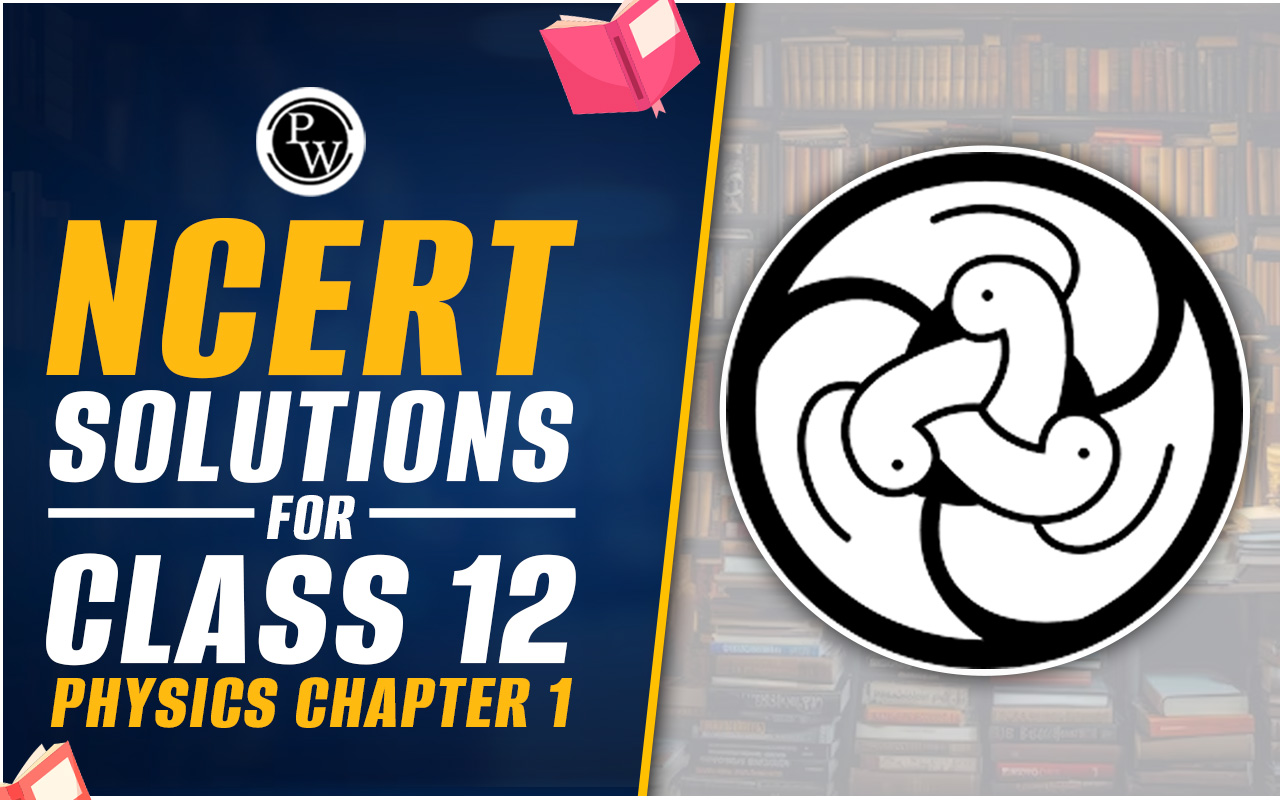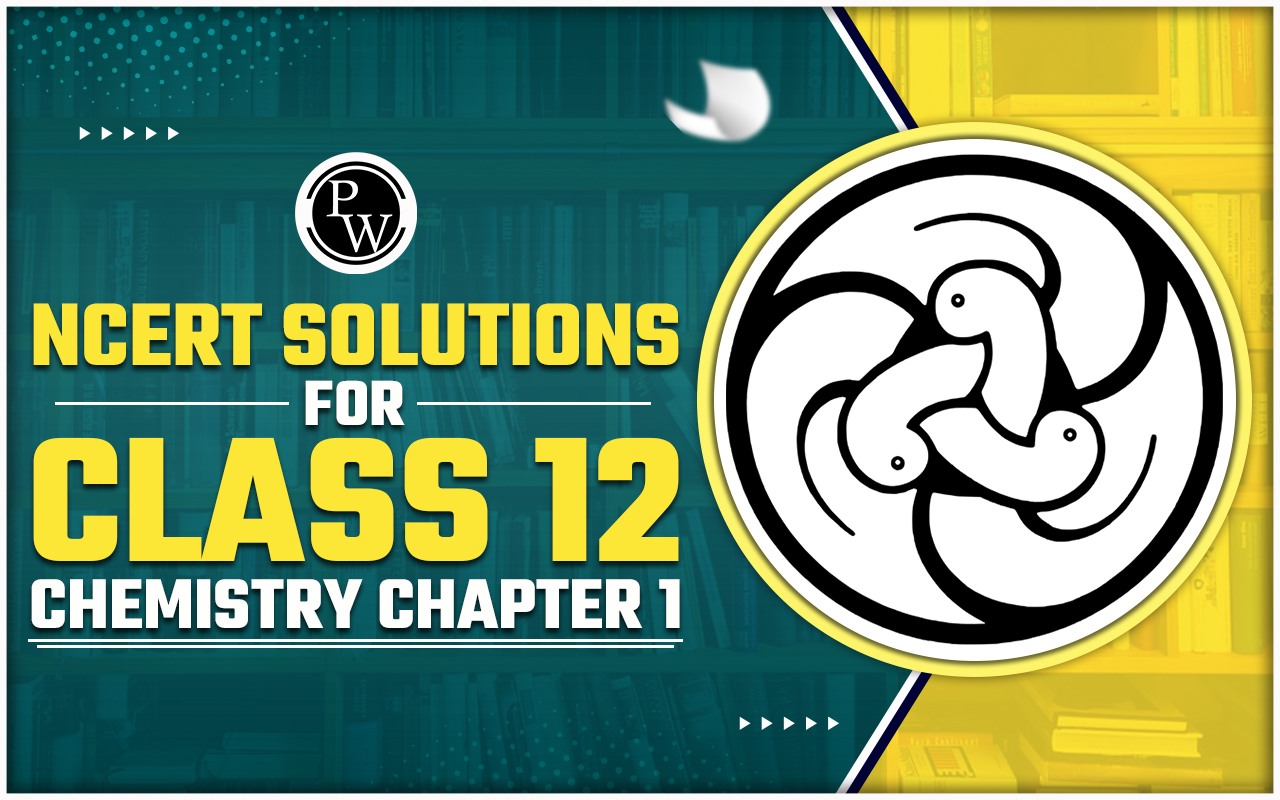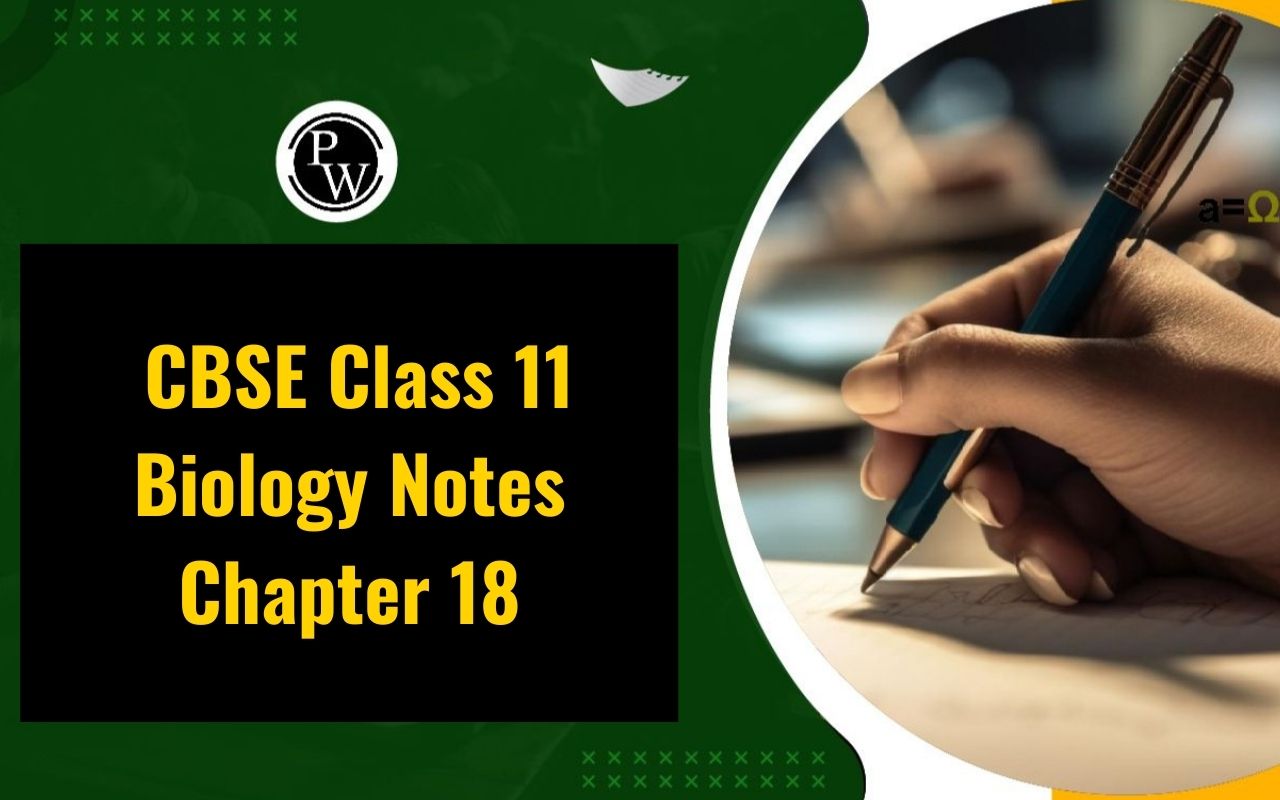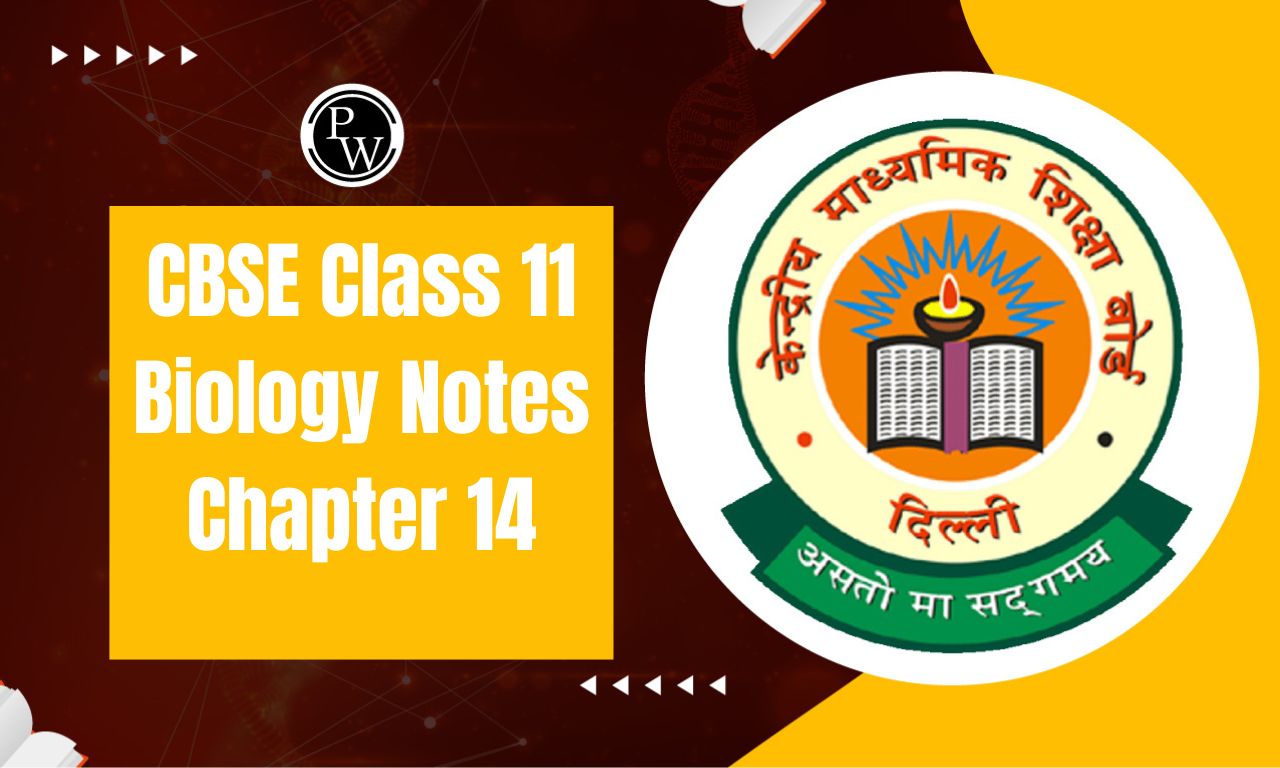
CBSE Class 11 Physics Notes Chapter 14: We shall discover a great deal more in this piece. A basic pendulum, which consists of a particle suspended by a thread in the earth's gravitational field, oscillates as an example of a little oscillation. The chapter also explains damped oscillations. Undamped oscillations may result from a periodic modification in the oscillating system's characteristics in addition to a periodic external push. We call this parametric resonance.
CBSE Class 11 Physics Notes Chapter 14 PDF
Our revision notes for Chapter 14 Oscillations will assist students in understanding all the significant subjects addressed in this chapter. For students studying for their Class 11 exam, the subject-matter specialists have curated Class 11 Physics Chapter 14 Notes according to the most recent CBSE syllabus.CBSE Class 11 Physics Notes Chapter 14 PDF
CBSE Class 11 Physics Notes Chapter 14
A motion that repeats itself repeatedly at regular periods of time is referred to as periodic motion. An item moving repetitively to and fro or back and forth at a fixed point over a predetermined period of time is referred to as being in oscillatory or vibratory motion.
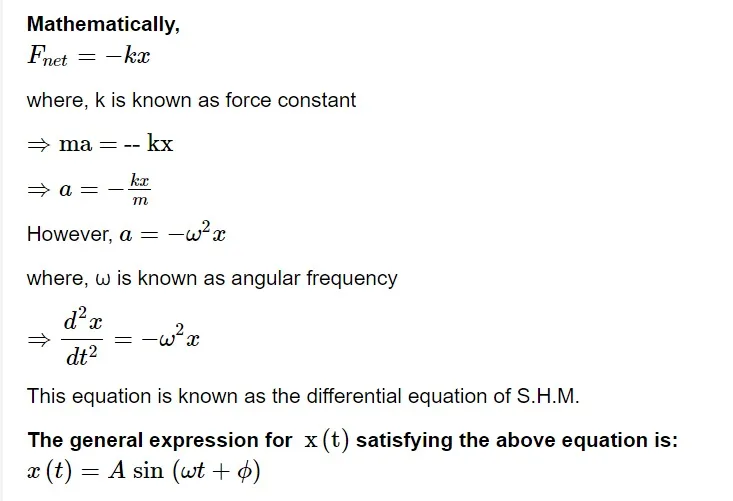
CBSE Class 11 Syllabus 2024-2025
Some Important Terms:
-
Amplitude:
-
Time Period:

-
Frequency:

-
Phase:

Important Relations
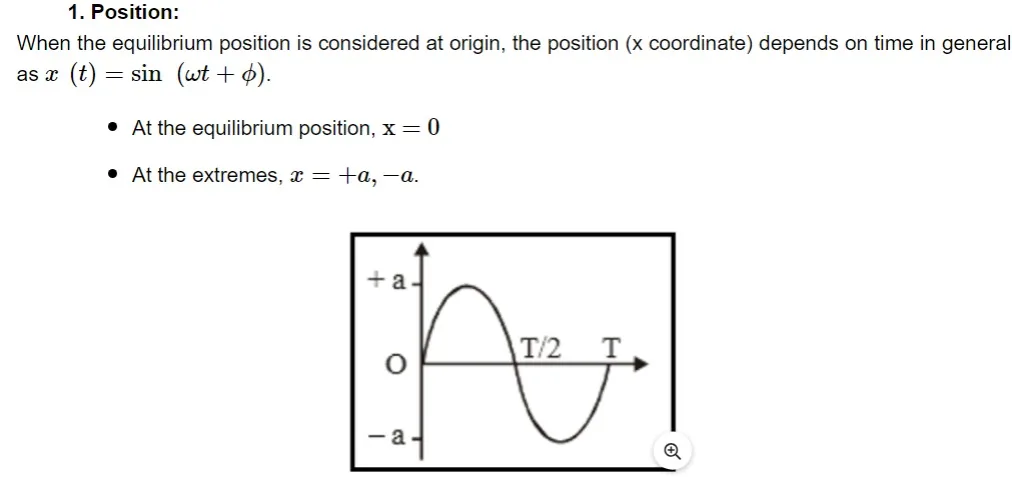
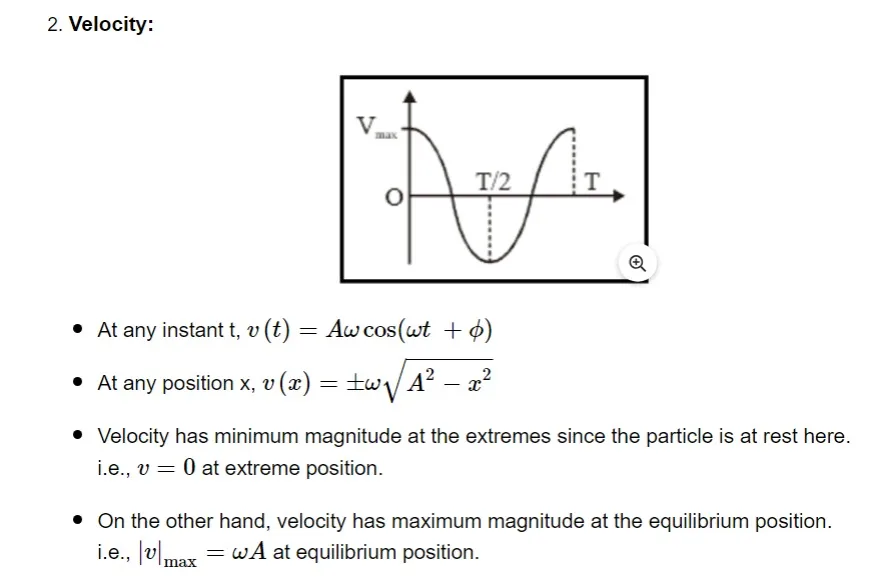
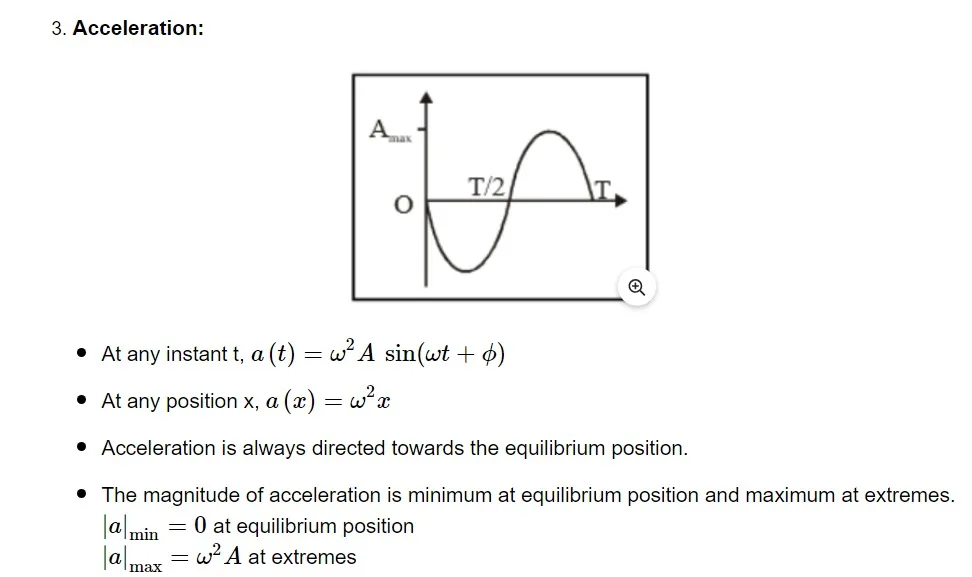


TIME PERIOD OF S.H.M
Use these procedures to determine if a motion is S.H.M. and to calculate its duration: By balancing every force acting on the equilibrium position, find its location analytically. Move the particle in the likely direction of oscillation by a displacement 'x' from the mean position. Find its net force and see if it is moving in the direction of the mean. Attempt to represent net force as a function of its displacement, "x," in proportion. It is a simple harmonic motion if steps (c) and (d) are proven.Oscillations of a Block Connected to a Spring
Horizontal spring:
Suppose a block of mass m be placed on a smooth horizontal surface and rigidly connected to a spring of force constant K whose other end is permanently fixed.

Vertical Spring:
When the spring is suspended vertically from a fixed point and carries the block at its other end as shown, the block will oscillate along the vertical line.
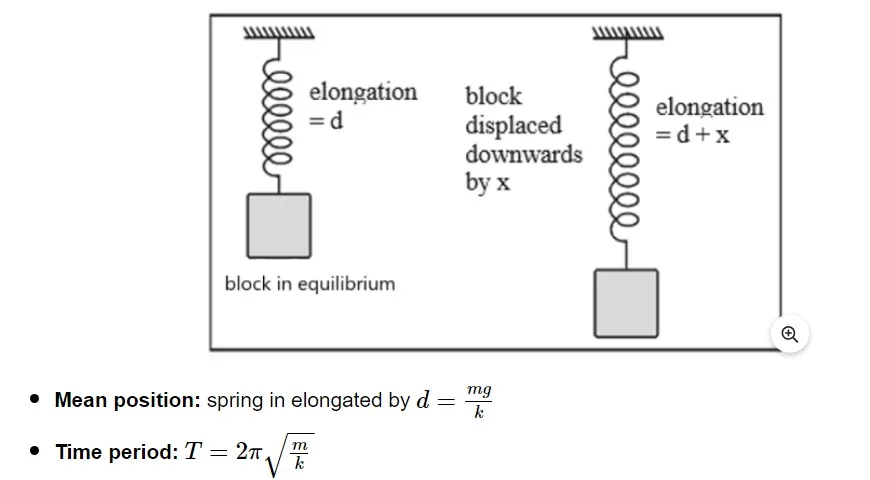
Combination of springs:
-
Springs in series:
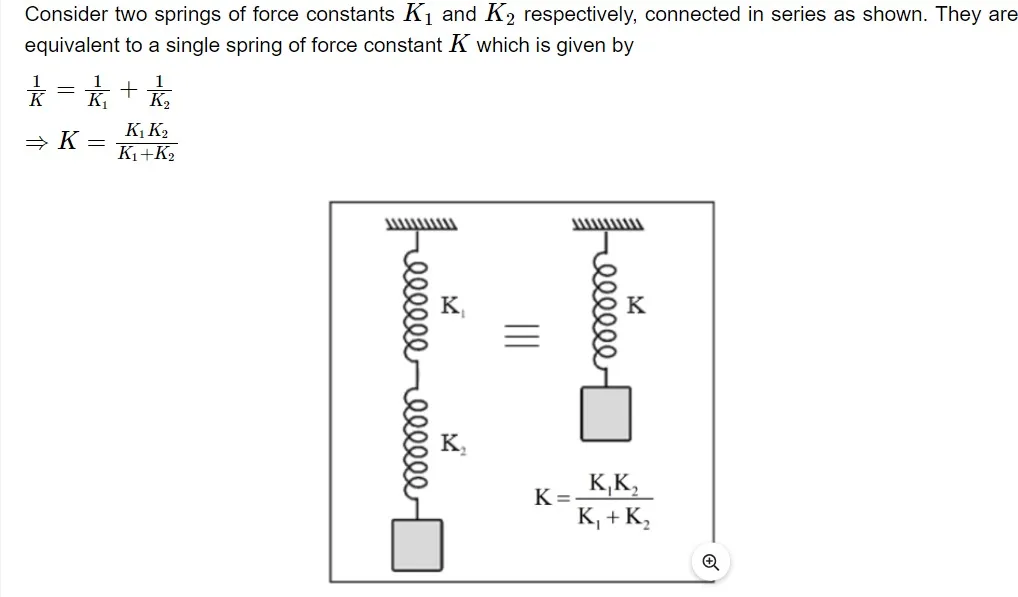
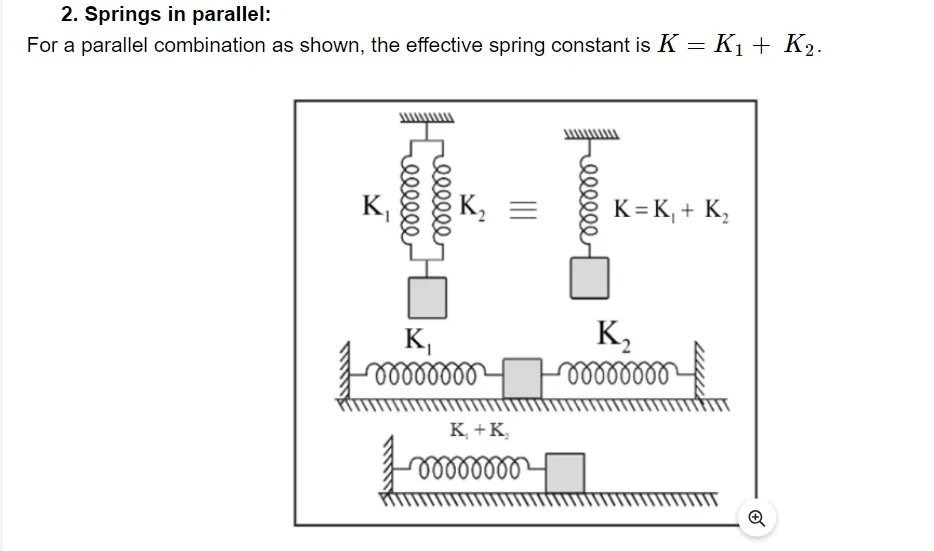
Oscillation of a Cylinder Floating in a Liquid:
Suppose a cylinder of mass m and density d be floating on the surface of a liquid of density ρ 𝜌. The total length of the cylinder is taken to be L.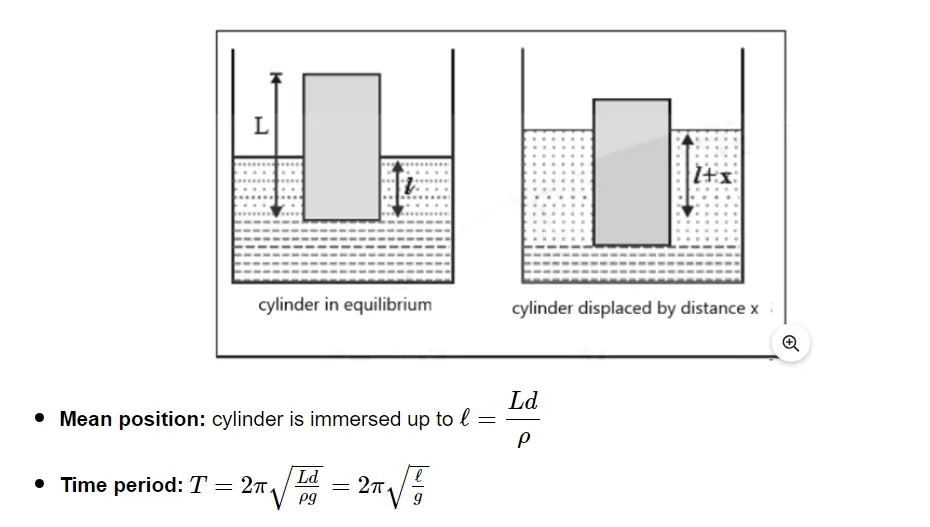
DOPPLER EFFECT
According to Doppler's effect, the apparent frequency of sound perceived by the listener and the actual frequency of sound emitted by the source differ whenever there is a relative motion between the source and the listener.Sign Convention
Every velocity in the direction from S to L is considered positive, and every velocity in the direction from L to S is considered negative. The components of the source and listener's velocities along the line connecting them would be taken into account if the motion was in a different direction.Benefits of CBSE Class 11 Physics Notes Chapter 14
Comprehensive Coverage: These notes cover all the important concepts and topics as per the CBSE syllabus, providing students with a thorough understanding of the subject matter. Clarity and Organization: The notes are well-organized, with clear explanations and examples provided for each topic. This helps students to follow along and understand the material more effectively. Practice Questions: Many notes include practice questions and problems, enabling students to test their understanding and reinforce their learning through practice.Revision: These notes are best for revision before exams. Hence students can use these notes before their exams for clarity of concepts.
CBSE Class 11 Physics Notes Chapter 14 FAQs
Which chapter comes under oscillation?
Which chapter is very important in physics class 11?
What is the summary of oscillation?

